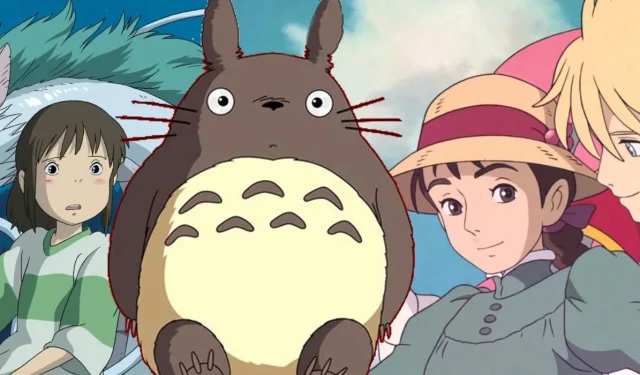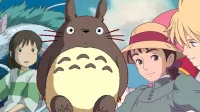Studio Ghibli is renowned for its stunning animation and profound narratives, but one of its most ambitious projects, Border 1939, remains locked in the annals of history as a remarkable what-if. This film, envisioned by Isao Takahata, the acclaimed director behind Grave of the Fireflies, was conceptualized in 1989 and intended to delve into Japan’s militaristic past. The project diverged significantly from Ghibli’s typical offerings, striving to evoke a sobering reflection on national history amidst the backdrop of fantasy. Unfortunately, due to prevailing political sensitivities and changing public attitudes, Border 1939 was abandoned before it could begin production, leaving a significant void in the anime landscape.
The narrative of Border 1939 centers on a deeply personal and politically charged story set against the backdrop of Japanese-occupied Seoul. The protagonist, Akio, a university student, embarks on an adventure to Manchuria searching for his missing friend, Nobuhiko. During his quest, he discovers that Nobuhiko has joined the anti-Japanese resistance movement, identifying himself as Mongol despite his Japanese upbringing. This striking revelation propels Akio into a crisis of national identity, culminating in a tense escape across the Mongolian steppe. With its blend of adventure and introspection, Border 1939 aimed to confront the moral complexities surrounding nationalism and imperialism—topics seldom explored in anime.
A Story Meant to Challenge and Educate
Studio Ghibli’s Border 1939: A Bold Vision with a Powerful Message

More than just a war drama, Takahata’s vision for Border 1939 was to innovate upon how historical narratives are depicted in animation. His ambition was to reclaim authentic historical elements as fertile ground for adventure storytelling, positioning them as an alternative to the industry’s prevailing fantasy and sci-fi tropes. With sweeping visual landscapes of Korea, China, and Mongolia, this film promised a unique and realistic setting rarely represented in anime.
Furthermore, Takahata intended for Border 1939 to serve as an important history lesson for the younger generations of Japan. He expressed concern over the increasing detachment of youth from their nation’s militaristic history. By portraying Japan’s imperial actions and the responses they invoked, the film would contribute to a crucial dialogue about nationalism’s perils. This educational aspect aligned with Takahata’s overarching philosophy of utilizing cinema as a platform for societal reflection and ethical contemplation.
How Global Events Buried a Ghibli Classic
Political Tensions and the Film’s Cancellation
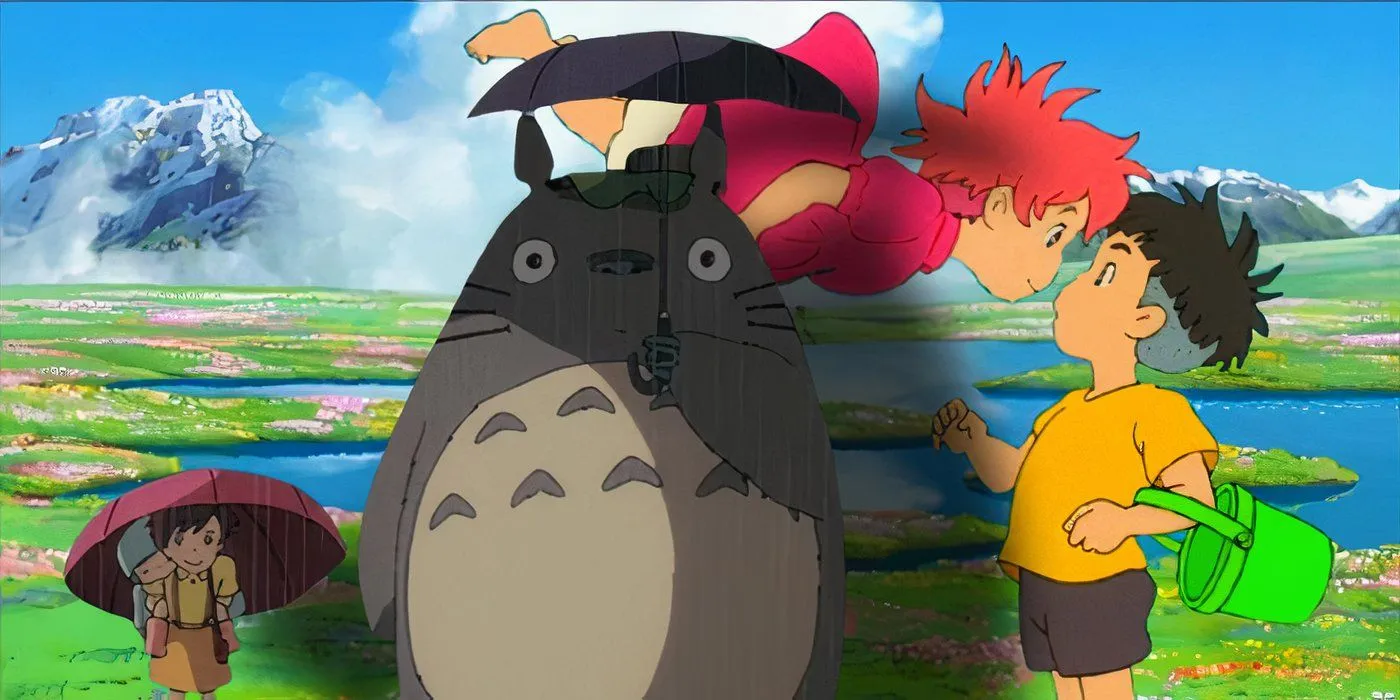
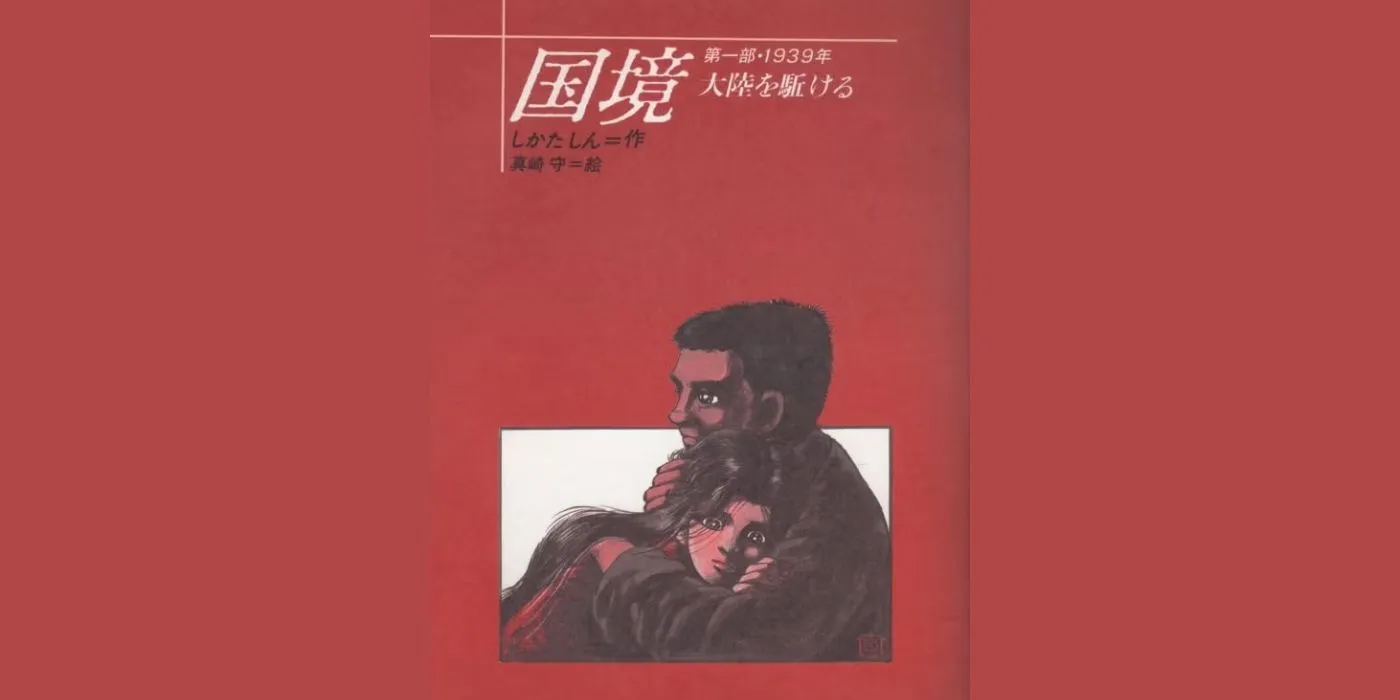
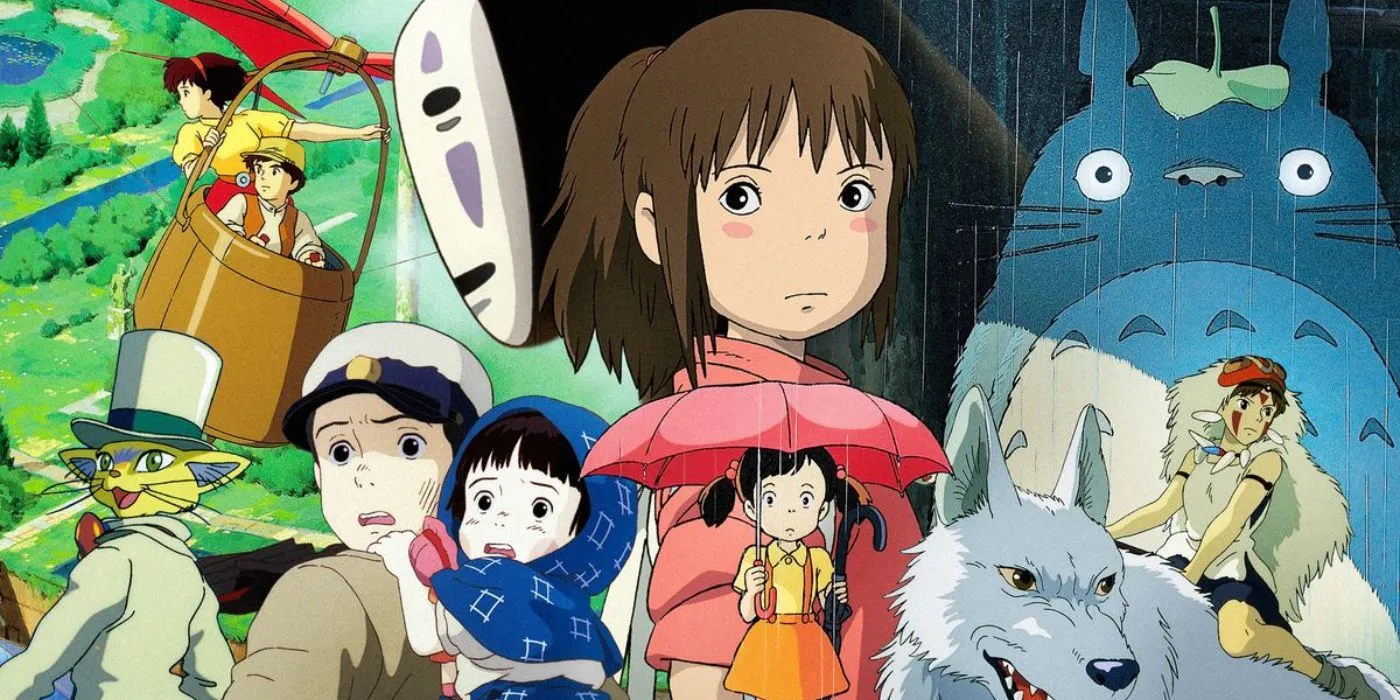
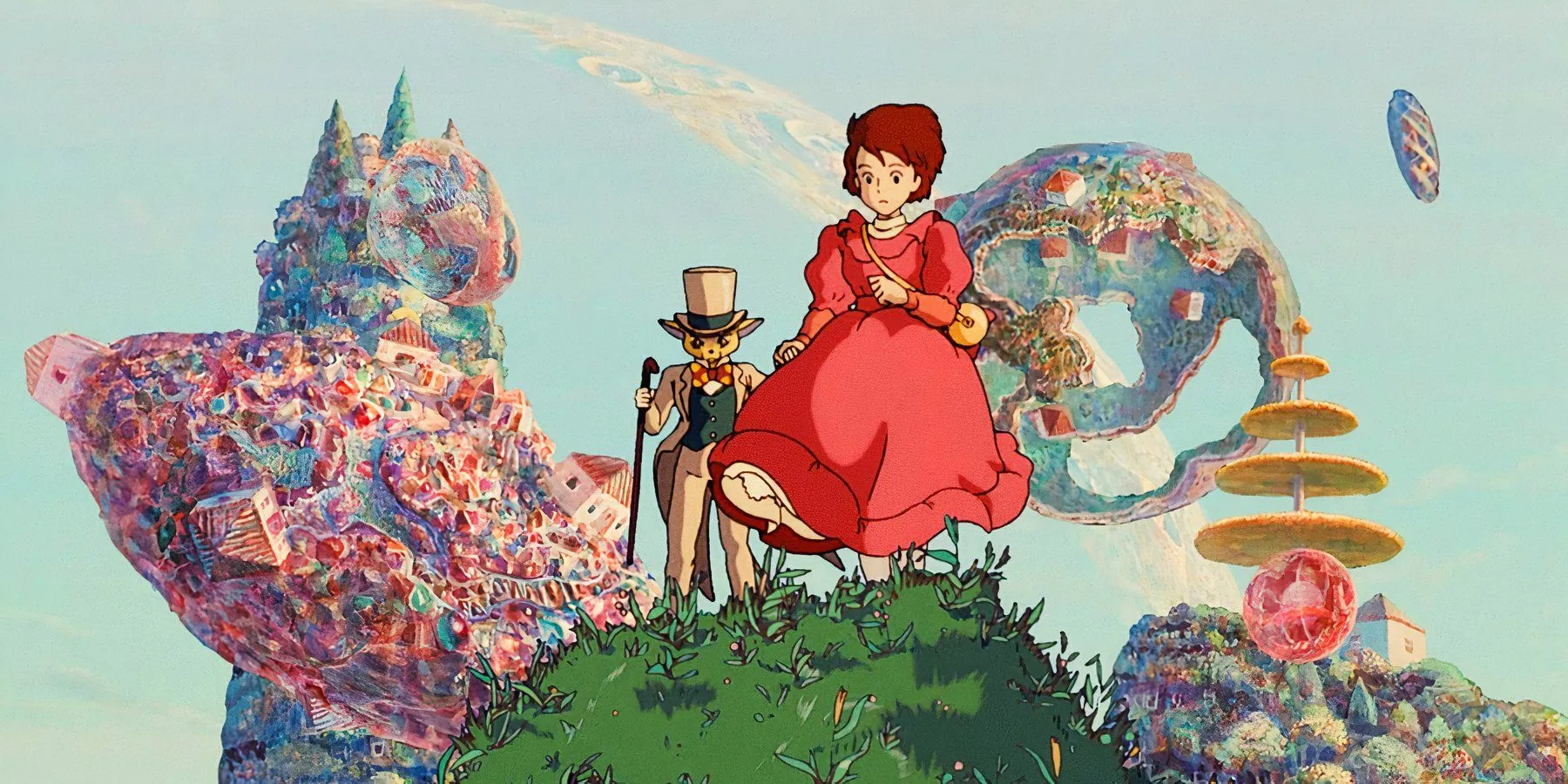

Despite its artistic aspirations, global political dynamics led to the cancellation of Border 1939. In June 1989, shortly after the film’s outline was finalized, the Chinese government’s violent suppression of pro-democracy protests in Tiananmen Square shifted Japanese public sentiment, rendering any film with connections to China politically charged. Consequently, Studio Ghibli’s distributor deemed the project too inflammatory, resulting in its quiet discontinuation. To this day, no artwork or developmental material associated with the film has emerged, preserving its innovative vision as an elusive ghost.
The ironic twist surrounding Border 1939 was not lost on Takahata. A film intended to scrutinize Japan’s historical aggressions was shelved due to contemporary geopolitics. While he subsequently directed acclaimed features such as Only Yesterday and The Tale of the Princess Kaguya, none engaged with global issues as directly as Border 1939 would have. The film’s absence leaves a significant gap in anime history and stands as one of Studio Ghibli’s most poignant unrealized dreams.
Source: ghibli.fandom.com, lwlies.com
